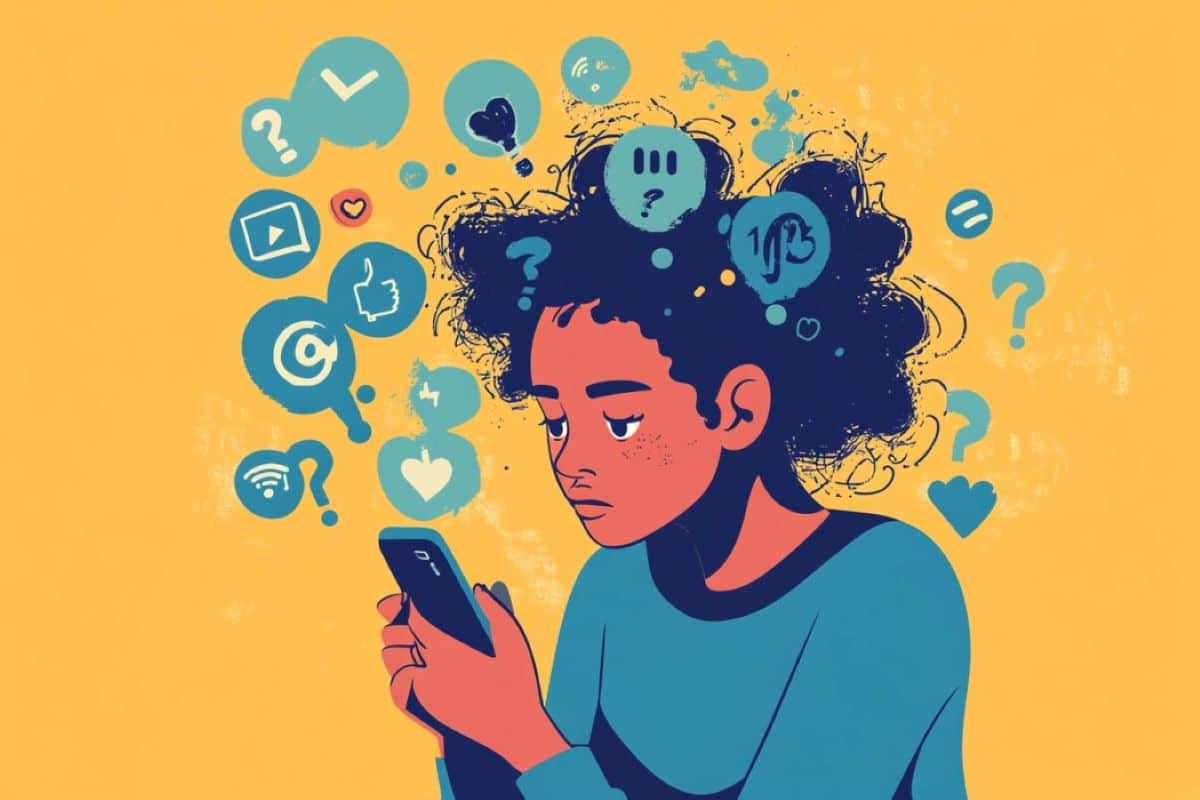Summary: A new survey reveals that 25% of adults in the U.S. suspect they may have undiagnosed ADHD, though only 13% have consulted a doctor. Social media has driven greater awareness, especially among younger adults, but experts warn of the risks associated with self-diagnosis. Adult ADHD, often undiagnosed in youth, presents unique challenges and is frequently confused with anxiety or depression.
To avoid misdiagnosis and improper treatment, professionals encourage those with concerns to seek medical evaluations. Accurate diagnosis is essential for managing ADHD symptoms, especially as stress can exacerbate its effects. Experts emphasize the importance of a thorough evaluation over relying solely on social media insights.
Key Facts
- 25% of adults suspect they have undiagnosed ADHD, but only 13% have consulted a doctor.
- ADHD symptoms in adults may look different than in children, often with less hyperactivity.
- ADHD shares symptoms with other conditions, highlighting the importance of professional evaluation.
Source: Ohio State University
Attention deficit/hyperactivity disorder – also known as ADHD – is typically thought of as a childhood condition. But more adults are realizing that their struggles with attention, focus and restlessness could in fact be undiagnosed ADHD, thanks in large part to trending social media videos racking up millions of views.
A new national survey of 1,000 American adults commissioned by The Ohio State University Wexner Medical Center and College of Medicine finds that 25% of adults now suspect they may have undiagnosed ADHD. But what worries mental health experts is that only 13% of survey respondents have shared their suspicions with their doctor.
That’s raising concerns about the consequences of self-diagnosis leading to incorrect treatment.
“Anxiety, depression and ADHD – all these things can look a lot alike, but the wrong treatment can make things worse instead of helping that person feel better and improving their functioning,” said psychologist Justin Barterian, PhD, clinical assistant professor in Ohio State’s Department of Psychiatry and Behavioral Health.
An estimated 4.4% of people ages 18 to 44 have ADHD, and some people aren’t diagnosed until they’re older, Barterian said.
“There’s definitely more awareness of how it can continue to affect folks into adulthood and a lot of people who are realizing, once their kids have been diagnosed, that they fit these symptoms as well, given that it’s a genetic disorder,” Barterian said.
The survey found that younger adults are more likely to believe they have undiagnosed ADHD than older generations, and they’re also more likely to do something about it.
Barterian said that should include seeing a medical professional, usually their primary care provider, to receive a referral to a mental health expert to be thoroughly evaluated, accurately diagnosed and effectively treated.
“If you’re watching videos on social media and it makes you think that you may meet criteria for the disorder, I would encourage you to seek an evaluation from a psychologist or a psychiatrist or a physician to get it checked out,” Barterian said.
What is Adult ADHD?
Adults struggling with ADHD will have problems with paying attention, hyperactivity and impulsivity that are severe enough to cause ongoing challenges at school, work and home. These symptoms are persistent and disruptive and can often be traced back to childhood.
Adult ADHD occurs in:
- Adults who were diagnosed as children, but symptoms continue into adulthood.
- Adults who are diagnosed for the first time, despite experiencing symptoms since they were younger that had been ignored or misdiagnosed.
Hyperactivity as a symptom is typically less present in adults than in children. Many adults with ADHD struggle with memory and concentration issues. Symptoms of ADHD often worsen with stress, conflict or increased demands in life.
What are common types of ADHD?
The three types of ADHD are:
- Inattentive ADHD – Inability to pay attention and distractibility. This also is known as attention-deficit disorder (ADD).
- Hyperactive and impulsive ADHD – Hyperactivity and impulsivity.
- Combined ADHD – This type causes inattention, hyperactivity and impulsivity.
ADHD can be difficult to diagnose in adults, because some of the symptoms are similar to those in other mental health conditions, such as depression or anxiety.
“Symptoms of ADHD can look different between different people,” Barterian said. “Some people might have more difficulty focusing on lectures or with organization, while others may have more social difficulties with impulsivity and trouble following along in conversations.”
Survey Methodology
This study was conducted by SSRS on its Opinion Panel Omnibus platform. The SSRS Opinion Panel Omnibus is a national, twice-per-month, probability-based survey. Data collection was conducted from August 16 – August 18, 2024, among a sample of 1,006 respondents.
The survey was conducted via web (n=975) and telephone (n=31) and administered in English. The margin of error for total respondents is +/-3.8 percentage points at the 95% confidence level. All SSRS Opinion Panel Omnibus data are weighted to represent the target population of U.S. adults ages 18 or older.
About this ADHD research news
Author: Allison Matthews
Source: Ohio State University
Contact: Allison Matthews – Ohio State University
Image: The image is credited to Neuroscience News







